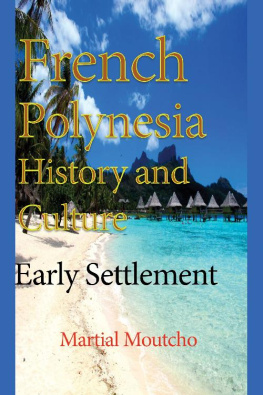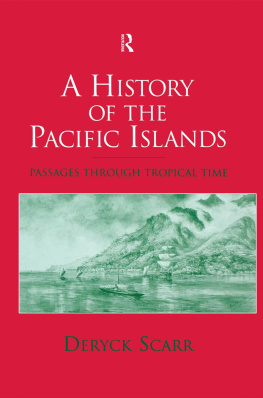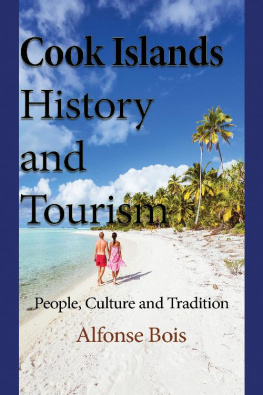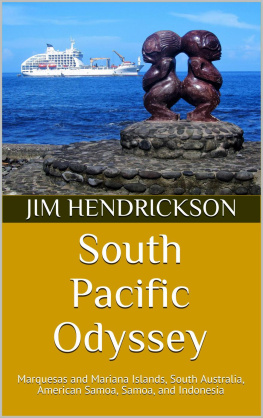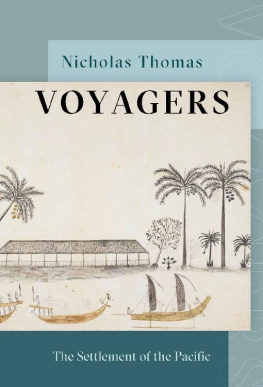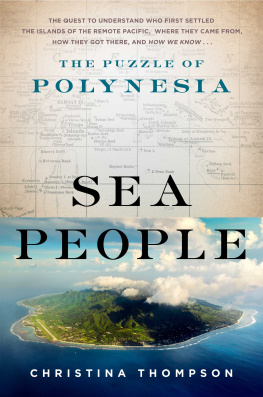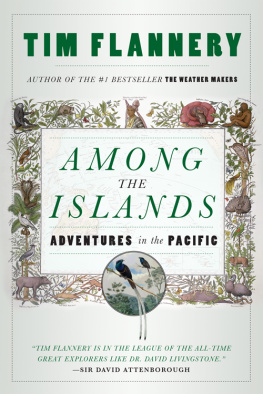Copyright Notice
Copyright 2017 LA PROVENCE
All Rights Reserved
You are not authorized to reproduce this title in any format and for any purpose. This title is published under Copyright protected terms and condition, of which its distribution and sales is strictly limited to the assigned Distributor/s and the Marketplace involved. You can only obtain a copy through legal source, and not to be tempered with any modification to it. Your understanding and compliance is appreciated.
First Printing: 2017.
Printed in the U.S.A
Publisher by LA PROVENCE PRINT .
17 rue du Marchal Foch CEDEX 1 Roubaix France.
Breadfruit: The Irreplaceable Resource
Hundreds of years ago, Enana, an area later known as Polynesia, saw a time of drought. The climate was hot and there was little-to-no rainfall. This lack of rain caused water to be sparse and food to be limited. There are stories during this time of a man and wife with twelve children. At night, in fear and despair, the man and woman would discuss how to feed their children despite the lack of food and water. They would cry with grief over the starvation and misery that surrounded the daily struggles of their children. After many of these restless nights, the woman came up with a solution. She said to her husband, I can be a breadfruit tree. The next morning, her husband woke up to find her in front of the house. She was standing straight up with her arms out to her sides, her body shaped as a cross. The woman was no longer living in a human sense, however, hanging from her arms were an abundance of breadfruits. The woman had sacrificed her life in order to save her children from hunger and starvation. From that moment on, during times of drought and lack of food, hanging from the limbs of the breadfruit tree would be salvation (Henry, 2013).
This breadfruit legend has been passed down from generation to generation and has spread throughout the Polynesian island cultures. Not only does it recognize a heroic act of sacrifice, but also it represents the importance of breadfruit to the island cultures and economies. Breadfruit trees are abundant and widely used throughout all of French Polynesia. The trees thrive in hot, dry climates, adapting to Polynesian landscapes with ease. Information gathered from David Porters Journal, the novel Breadfruit, and experiences on the islands themselves, make it clear to see the importance of breadfruit to the Polynesian islanders throughout time.
The novel Breadfruit captures the everyday life of a Tahitian woman in the early 2000s. The title of the book immediately suggests that there is a deeper significance behind breadfruit itself. Throughout the book, the author mentions breadfruit numerous times and in many different contexts. Materena, the main character, lives in the suburbs of Papeete, surrounded by her extensive family. The plot follows her through her daily routines, pleasures, family interactions, and personal struggles. While discussing financial hardships, Materenas cousin, Tapeta, gives her advice on how to make it through the hard times. You can always rely on the breadfruit tree when money is a bit low I always tell the kids that when they buy a house, to check that there is a breadfruit tree in the garden first. And even if the kids are just going to rent they should check that theres a breadfruit tree in the garden first. ( Breadfruit 101) Following this conversation, Materena notes that every one of her family members in the village has a breadfruit tree in their garden. Many people, including Materena, depend on breadfruit to keep their head above water in hard economic times.
A little under 200 years prior to the setting of Breadfruit, David Porter explored the Marquesean islands. In his extended stay, he made observations of his experiences in his very detailed journal. The Journal, later published in 1815, shed light on the every day life of tribes on the island of Nuka Hiva. As in Breadfruit, the importance and prevalence of breadfruit in daily life is immediately recognized. Although Porter takes the reader back a few hundred years, the breadfruit traditions are still evident. In a few incredibly descriptive pages of his journal, Porter describes breadfruit flawlessly. He touches upon its appearance, usage, importance, and sacredness to the local people.
The life of a breadfruit tree begins when sprouting roots are gathered and nursed until they reach a plantable size. The breadfruit trees then take a few years to become mature enough to bear fruits. A fully grown breadfruit tree is described as being a large tree that grows to be about fifty to sixty feet in height with a trunk about six feet around. The branches stretch out far in every direction and the lowest branches on the tree are about twelve feet from the ground. The large extensive structure of the trees provides shade from the hot, Pacific sun. Breadfruits hang abundantly from all branches of the mature trees. The oval shaped fruits have a thin outer layer, followed by a spongy layer, the edible layer, and then an inner core. When they are ripe, natives use a long stick with a split end to grab the breadfruits individually and twist them off. Not letting any fruits drop to the ground, they use a small open-mouthed net to catch the breadfruits when they are plucked off.
Porter goes on to describe how the different parts of the breadfruit trees are used in the daily lives of the island natives. His passage shows how versatile the breadfruit tree is in terms of everyday usage. The bark is soft and often leaks a sappy substance used for catching birds and rats that infest the island. The inner sections of the bark are used for making cloth for clothing. The trunk of the tree is also found to be very useful and important to the natives. They use it to sculpt, construct canoes, and to construct their houses. Porter makes it very clear how valuable a resource breadfruit is.
Analyzing inter-tribal relations, Porter notes how breadfruit trees are seen as a symbol of wealth and prosperity. The oldest man of the tribe, if he possess the most land, and is the owner of the most bread-fruit and cocoa-nut trees, is the most influential character among them. Wealth attaches respect and gives power; they have such thing as rank among them(Porter, 34). Porter notices several times throughout his journeys that owning breadfruit is an indicator of prosperity. Earlier in his journal, he describes conflict between tribes as a war breaks out. I perceived a large body of the Happahs, descending from the mountains into the valley among the bread-fruit trees, which they soon began to destroy (Porter, 29). During this rampage, the neighboring tribe, called the Happahs, destroyed two hundred breadfruit trees in the valley of the Taeehs. On these islands, destroying the breadfruit trees of another tribe is seen as an act of war. The fact that breadfruit trees are targeted shows how valuable they are to a tribe. Mass destruction of breadfruit trees impacts the availability of the fruit as well as the other materials it produces used for every day necessities.
Porter exemplifies how the natives see breadfruit as irreplaceable by any other material good of the Western Hemisphere in the following passage. Describe to one of the natives of Madisons Island a country abounding in everything that we consider desirable, and after you are done he will ask you if it produces bread-fruit. A country is nothing to them without that blessing, and the season for breadfruit is a time of joy and festivity: the season commences in December, and lasts until September, when the greatest abundance reigns among them (Porter 58). No other material or fruit is as useful to their every day needs and resources. Countless times throughout his journal, Porter mentions breadfruit being served or used in one way or another. It appears at every feast and celebration mentioned in the text. Porter makes it clear that breadfruit is a staple food for the islanders, always there to fall back on in times of food scarcity.
Next page
